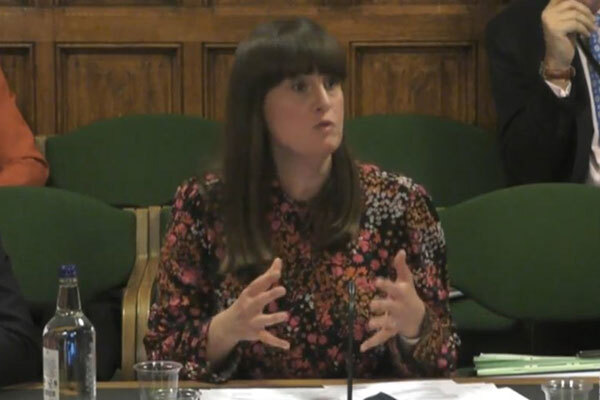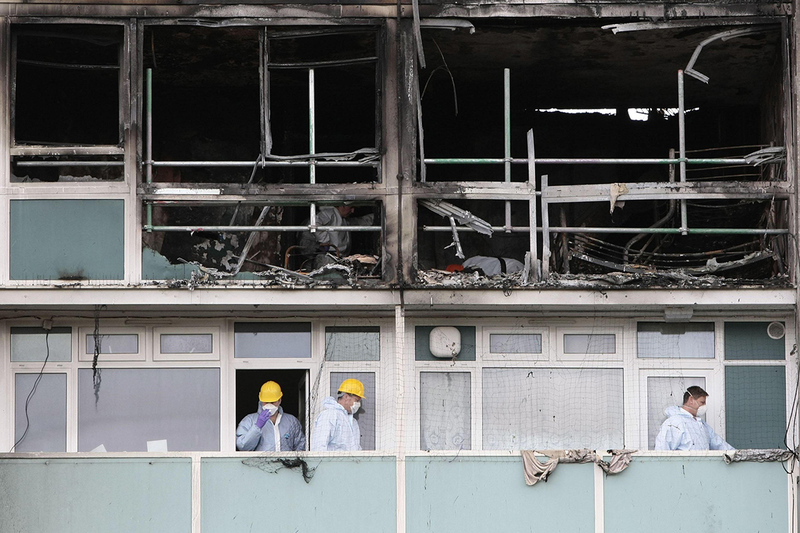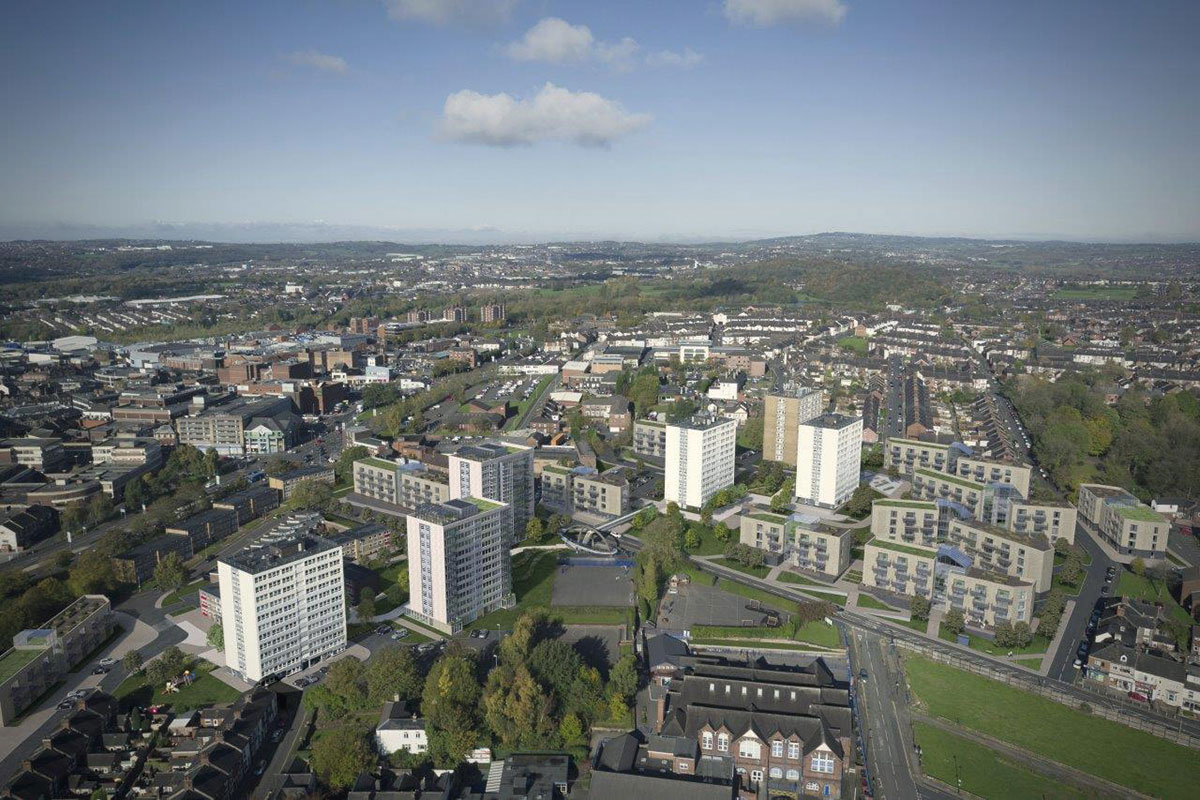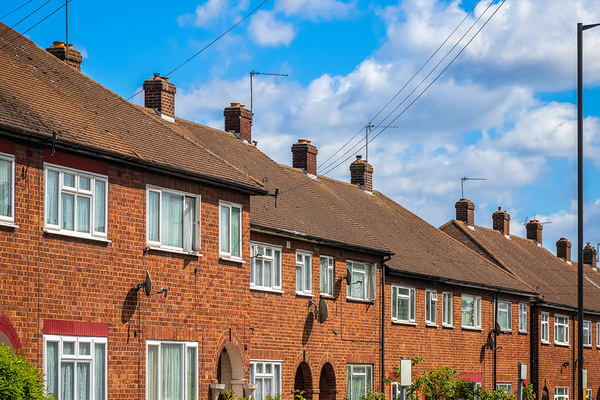The Week in Housing: breaking the mould
A weekly round-up of the most important headlines for housing professionals
Good afternoon.
Just imagine, you open your eyes in the morning and there it is, staring back at you.
The dark spot stretched across your wall, creeping slowly outwards every day.
The smell hits you when you wake up, and clings to your clothes throughout the day. The air is heavy and begins to affect your breathing. You start noticing a wheeze when your child draws breath. It’s not the only black spot either – you know there is one growing behind your wardrobe but you don’t want to look, fearful of what you might find.
You wonder: how can it be fixed? “Open a window, turn the heating on,” you are initially told by your landlord.
That doesn’t help. They send someone to treat and paint over it. The black blob returns just days later. It starts to dominate your life; you dread going home.
This is the type of experience facing tens of thousands of social housing tenants across the country, who are currently suffering from the effects of damp and mould.
According to the National Housing Federation, around 4% of all social homes have issues of damp and mould.
It’s not a new issue. Social landlords have been dealing with instances of damp and mould in their stock for decades. However, it has risen in prominence in recent months, as it has become clear the sector is no closer to controlling it.
When ITV News began revealing case study after case study of squalid social housing conditions, the issue of damp and mould problems were found at the properties of most case studies.
Who can forget the images of L&Q resident Junior Jimoh, who suffers from a neuromuscular condition that means he requires apparatus to support his breathing, struggling for each breath in his London flat, where thick black mould covered his walls?
Off the back of these findings, the Housing Ombudsman acted. A ‘Spotlight Report’ into the issue was launched, with the worst performers named and shamed. The report painted a picture of a sector that was playing catch-up and not doing enough to address the situation. It found landlords that were reactive rather than proactive to damp and mould issues, and regarded incidents of damp and mould an inevitability.
Richard Blakeway, who leads the Housing Ombudsman, called for a zero-tolerance approach to it and said he wanted to dispel the myth that had become commonplace in social landlord discourse that damp and mould is the result of a tenant’s lifestyle.
Both the report and the ITV investigations have definitely had an impact on the sector. I was sitting on a roundtable with those working in repairs last week, and one attendee said that the report had focused the sector’s mind on the issue.
It has become one of the key talking points. This was shown on Monday, when leading social housing figures were invited to a Levelling Up, Housing and Communities Committee meeting. Damp and mould was a recurrent theme.
At one point Kate Henderson, chief executive of the National Housing Federation, addressed what had been found in some of her members’ properties. She was clear that the conditions found during the ITV investigations were unacceptable and that the landlords featured were taking it “extremely seriously”.
She said that while there was no excuse for damp and mould, she went on to explain the three main causes for damp and mould.
Number one is condensation in homes where residents cannot properly heat or ventilate their homes. The second is the structure of the building: Ms Henderson said that this is often complicated to rectify and in many cases the solution is regeneration.
Her final reason was overcrowding driven by the lack of affordable housing. She said that overcrowded homes increase the chance of damp and mould in a property, and that more homes need to be built.
You can’t dispute that these are all causes of damp and mould. However, it felt like there was one glaring omission from Ms Henderson’s list: landlord inaction.
As the ITV investigation and the ombudsman’s report – which assessed 410 reports into landlords – found, the sector’s actions are one of the biggest factors for the prevalence and escalation of damp and mould issues.
While L&Q did not directly cause the damp and mould at Mr Jimoh’s home, its inactivity in getting it sorted made the situation for Mr Jimoh worse.
The sector needs to grasp the nettle, and do so quickly.
With eye-watering energy prices increasing the chance of tenants leaving their heating turned off to save money, the environment is there for instances of damp and mould to be more prevalent. If the sector continues to act in the way outlined by the ombudsman in its seminal report, there will be tens of thousands of people living in misery in the final winter months.
But the first stage of fixing a problem is admitting you have one.
Hopefully, events over the past 12 months mean the sector is starting to do this. Clearly, however, there is still some way to go.
Jack Simpson, news editor
Editor’s picks: five must-read stories
- Kwajo Tweneboa interview: ‘Poor conditions have been brushed under the carpet for so long’
- Social Housing Decarbonisation Fund winning bids revealed
- Who is new housing minister Stuart Andrew?
- G15 landlord sees number of unsold homes hit 855 amid COVID-related delays
- Why has diversity progress stalled?
Sign up for our Week in Housing newsletter
Already have an account? Click here to manage your newsletters




